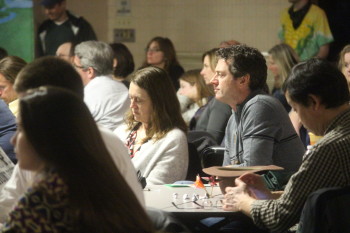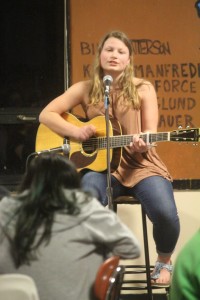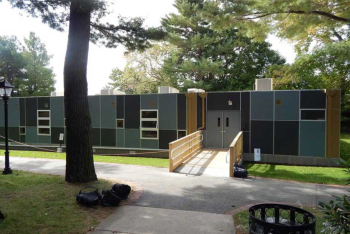Andrea Prestwich
The MCAS has been to used fulfill the requirements of the Federal No Child Left Behind act (NCLB). NCLB was enacted with the best of intentions: to use rigorous standardized tests to ensure that all children receive a good education. Tests were used to track individual students progress, evaluate teachers and identify “failing” schools. The stakes were high: schools that did not make sufficient progress were closed, teachers fired, and students prevented from graduating.
Unfortunately, NCLB was a failure. Kids from wealthy families did better on the test than poor kids. Teachers were penalized for working with disadvantaged kids! To improve scores, teachers would focus on test preparation to the extent that other areas of the curriculum suffered. There were reports that struggling high school students were pressured into dropping out to make the average scores better. The tests are extremely stressful for students.
One of the few issues our hideously divided congress could agree on is that NCLB is a failure. Last year congress replaced NCLB with the Every Student Succeeds Act with overwhelming bipartisan support. The ESSA maintains the requirement for states to test, but gives states more freedom to define “school quality” and “accountability”. Given the new responsibilities under ESSA, I support the H340 requirement that the Commonwealth establish a task force to review the use of MCAS or PARCC data. Previous policies have failed, and it is time to re-evaulate what use we make of standardized tests. I also support the moratorium. Test results should not be used for teacher evaluation or student graduation while the task force does its job. To clarify: I fully support standardized testing. Standardized testing is crucial to identify problem areas and measure progress. However, we need to take a break and think about how test data is used in view of the failures of the past decade.
Murat Bicer
I am not generally in favor of standardized testing. Research shows that test results correlate above all to socio-economic conditions and may be unable to parse the quality of education at the individual or classroom level. Many tests are criticized for being biased and the system of test taking disadvantages students who have difficulties with structured, timed activities. I believe that multiple-choice tests are not a good indicator of how much a student has learned, or whether that student has the qualities that good students should have – like creativity, critical thinking, and curiosity. Any student who is struggling with basic skills should be identified and supported well before a test result points out his deficiencies. It is true, however, that Belmont has in the past used test results to identify areas of relatively weaker performance and make positive changes in those areas.
The Massachusetts Education Reform Laws of 1993 necessitate “a variety of assessment instruments” whose purpose is to evaluate student performance and to “improve the effectiveness of curriculum and instruction.” Tests have been credited with ensuring a certain quality standard across the state, but they’re imperfect. Unfortunately for all, many of the other “assessment instruments” such as descriptive reporting and subjective, essay-based testing are more difficult to administer and often put additional burden on the teachers, and that’s likely why testing has become the primary “instrument.”
We can probably all agree that accountability and adherence to a basic standard curriculum is necessary, but that needs to happen on a day to day basis within the school community, not as a result of, or in pursuit of, a test score.
Kimberly O’Mahoney
Personally, I have never been a big fan of standardized tests, but my only experience has been in the seat of a test-taker. I never felt that the tests provided the “bigger picture” of my educational experience and abilities. The testing also is narrowed to only include certain subjects, leaving behind the notion that a well-rounded educational experience (including extra-curricular areas) is most beneficial to the children. That being said, there are also benefits to the testing that is being administered. It does help support accountability and possibly identify those areas in the curriculum that may need review and reinforcement. Belmont, though, has always prided itself on the high quality of education that it affords the children in the District. With or without standardized tests, Belmont will keep this a priority. I don’t believe that the high standards that our educators are held to will diminish if this moratorium is put in place. It may allow for greater flexibility in instruction and allow classes to delve further into subject areas without the constraints of focusing on and preparing for the “test material.”






